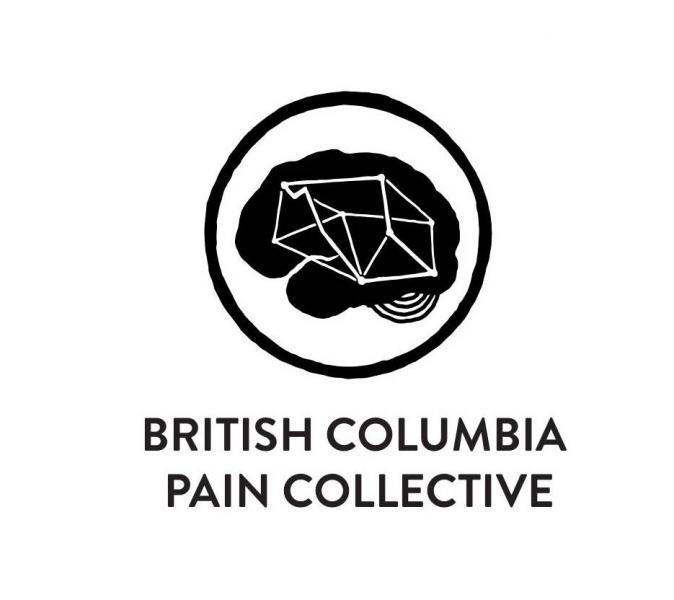
The following blog post was written Tom Southee, who is a physiotherapist and member of the British Columbia Pain Collective, a community of health care professionals working to advance the understanding of pain neuroscience, rehabilitation and recovery.
Initially my intent was to write on ‘why I love pain science’. However, upon reflection, I feel I would only be stoking a bias that most people visiting this type of blog would already have. I also fear that it would continue to fuel division between philosophies of clinical reasoning, which I just don’t agree with. Good clinical reasoning is good clinical reasoning. We should widen our clinical lenses rather than narrow them. We should all converse with colleagues, reflect on both successful and unsuccessful clinical interactions and read and critically appraise research to broaden our knowledge for the betterment of our patients. It’s paramount that health care providers learn and evolve.
Over the past 10 years my own understanding of pain has evolved greatly. Most importantly, it has grown to view the patient as a whole person and to recognize that pain, despite the wordy definitions, is a human experience that is unique and individual. As such, it requires health care providers to take a 30,000ft view and attempt to better understand the person as more than just their pain condition.
Pain science has been great for my own learning and appreciation of pain. It helps provide an understanding of pain for patients for whom an explanation of an underlying mechanical fault just doesn’t cut it, such as those with pain in the absence of trauma/injury, prolonged pain, and pain that fluctuates with no sense of consistency or pattern. Pain science has been a great vehicle for me to open a door to reducing fear and increasing a person’s willingness to load their body. It has allowed me to move away from more passive techniques that only seem to create short-lived and minimal gains, to a more active approach that promotes self-efficacy and goal attainment.
Culturally, I feel society has traded empathy for apathy. Our sense of community changed around the industrial revolution and it led to the rise of competition, which saw personal gain and growth to be more important than the health of our neighbour.
In the past year we have all experienced the significant impact that COVID-19 has had on our lives. Many health care providers lost their employment or caseload, both of which had a negative impact on income and routine. It has impacted our role/sense of self and our ability to support ourselves or our families. It has limited our social interactions and ability to engage in leisure activities. All this has had a huge impact on our mental health. Furthermore, there is no definite end to all of this and so that unknowing also takes a toll.
This has given us a unique insight into some of the ways persistent pain impacts people: We’ve had our roles and routine taken away, our social circles have shrunk, our leisure options faded, our sleep has been impacted, and we’ve lost a sense of self-cohesion and may feel down and low energy. As we emerge from the pandemic, I hope we use these experiences to fuel an even greater empathy for the experiences of people with pain.
The British Columbia Pain Collective group shares thought provoking new research, consensus on best practices, evidence based resources, personal insights, clinical pearls, humbling failures, and small and large successes from our growing community. Anyone interested is encouraged to join the online group here.